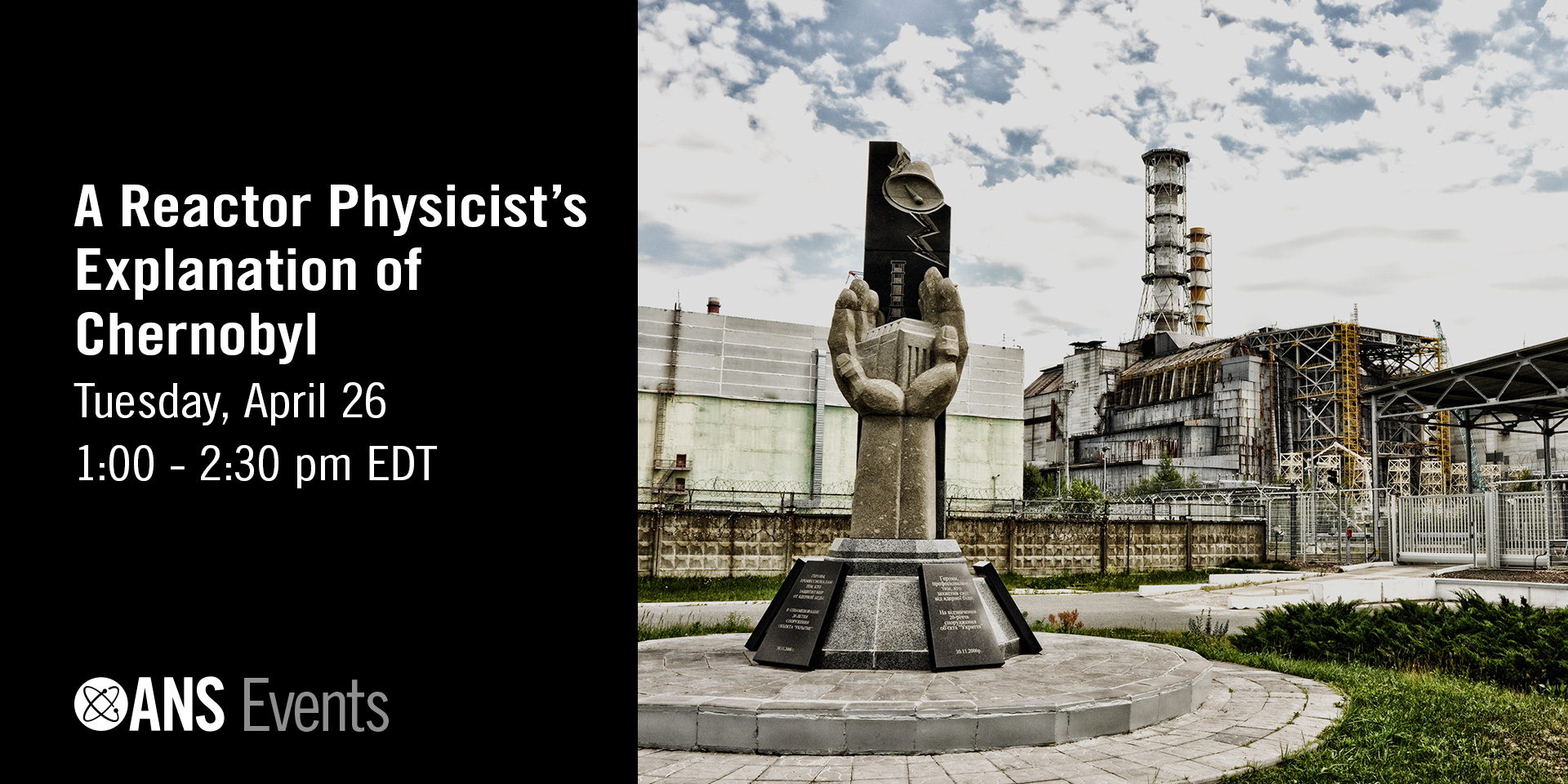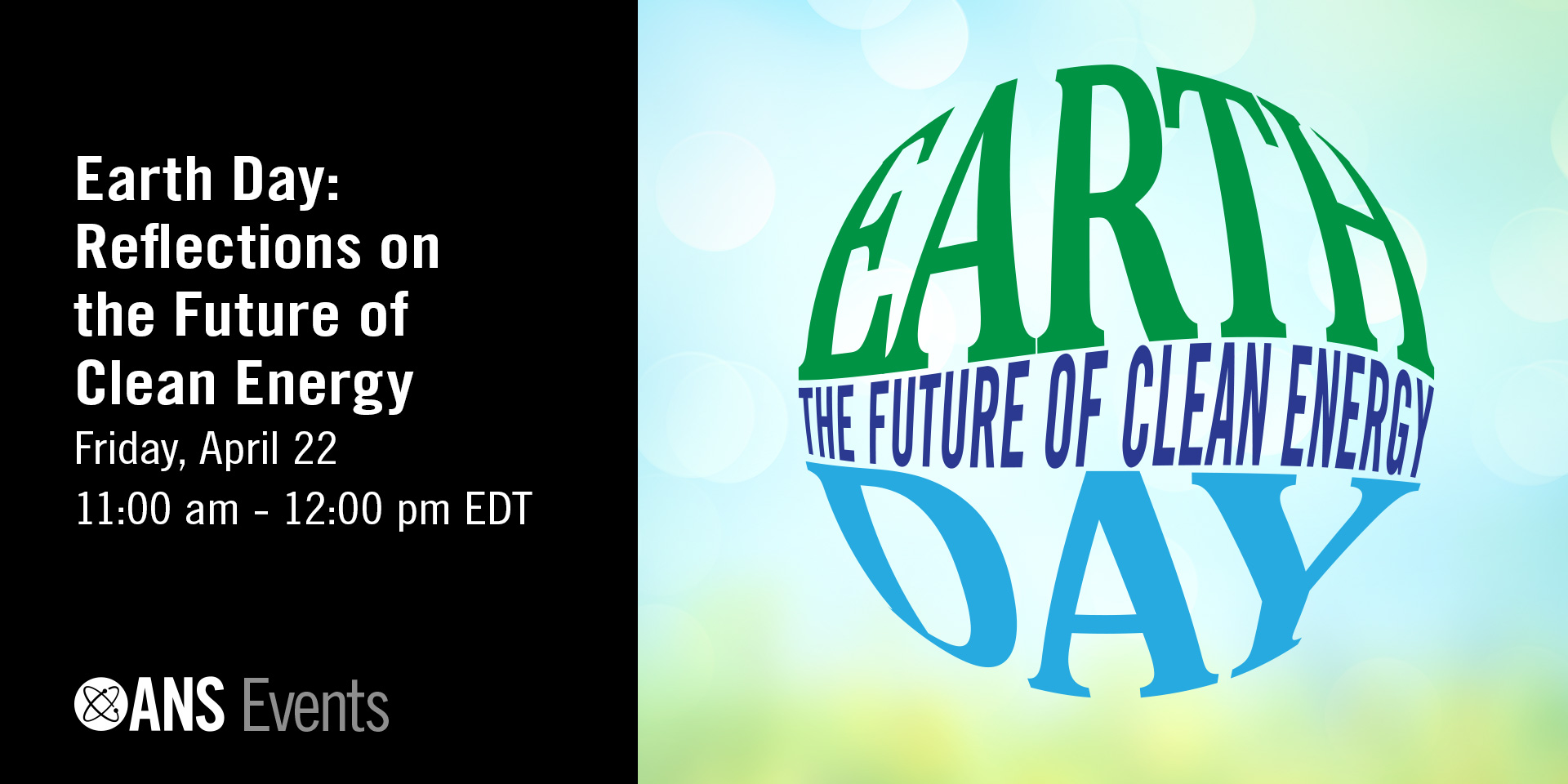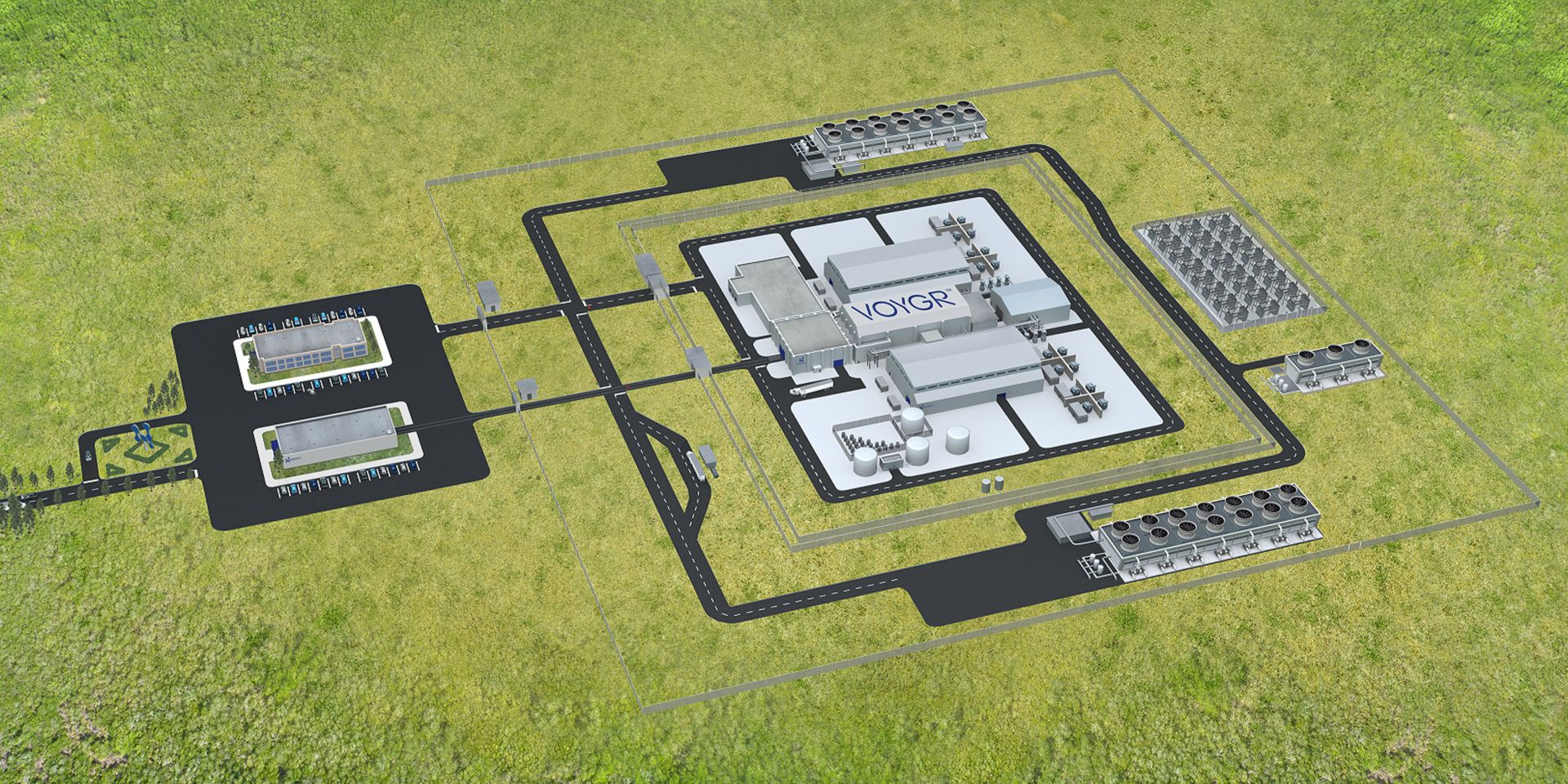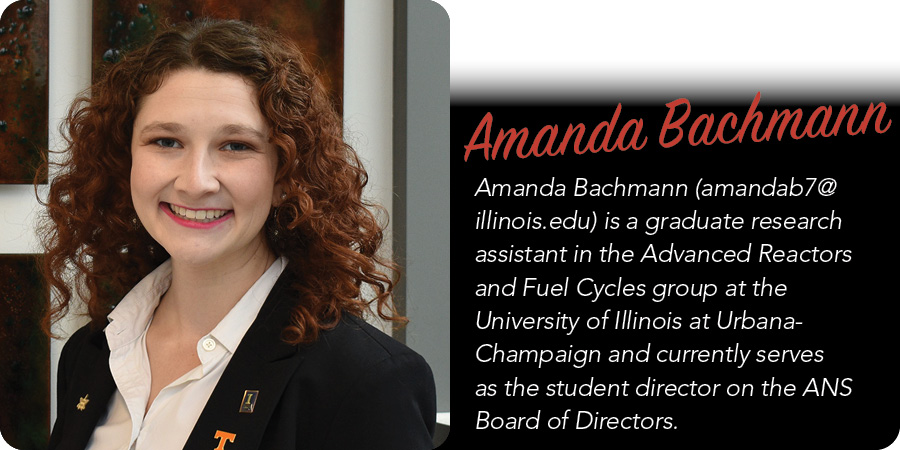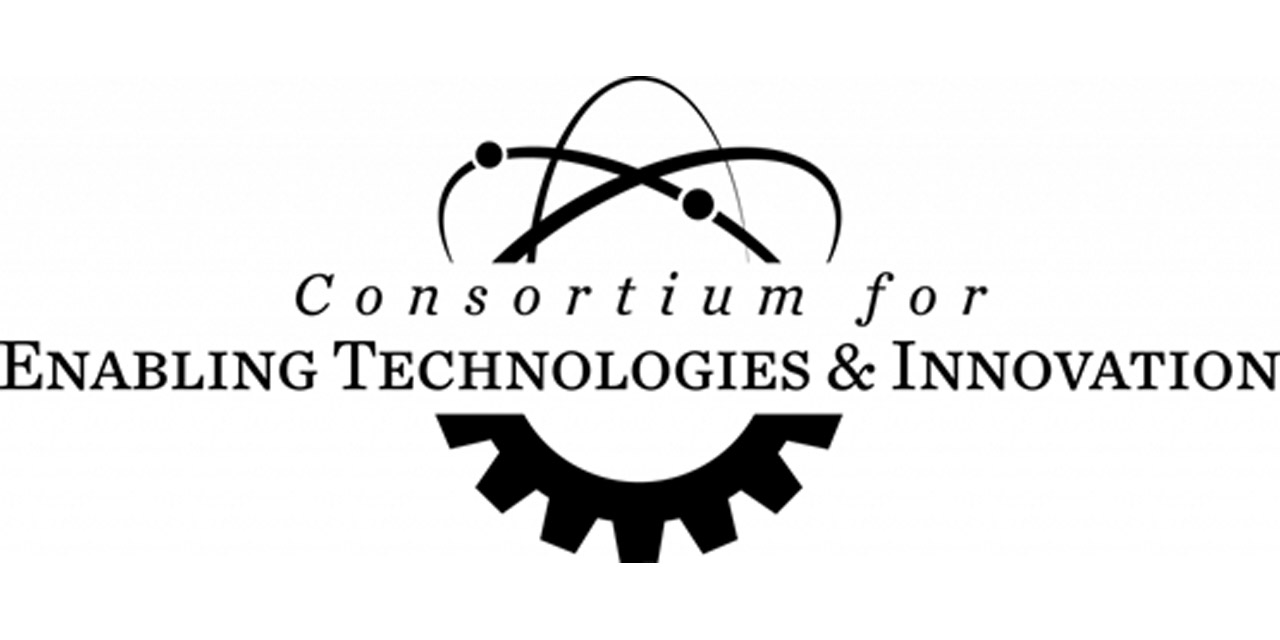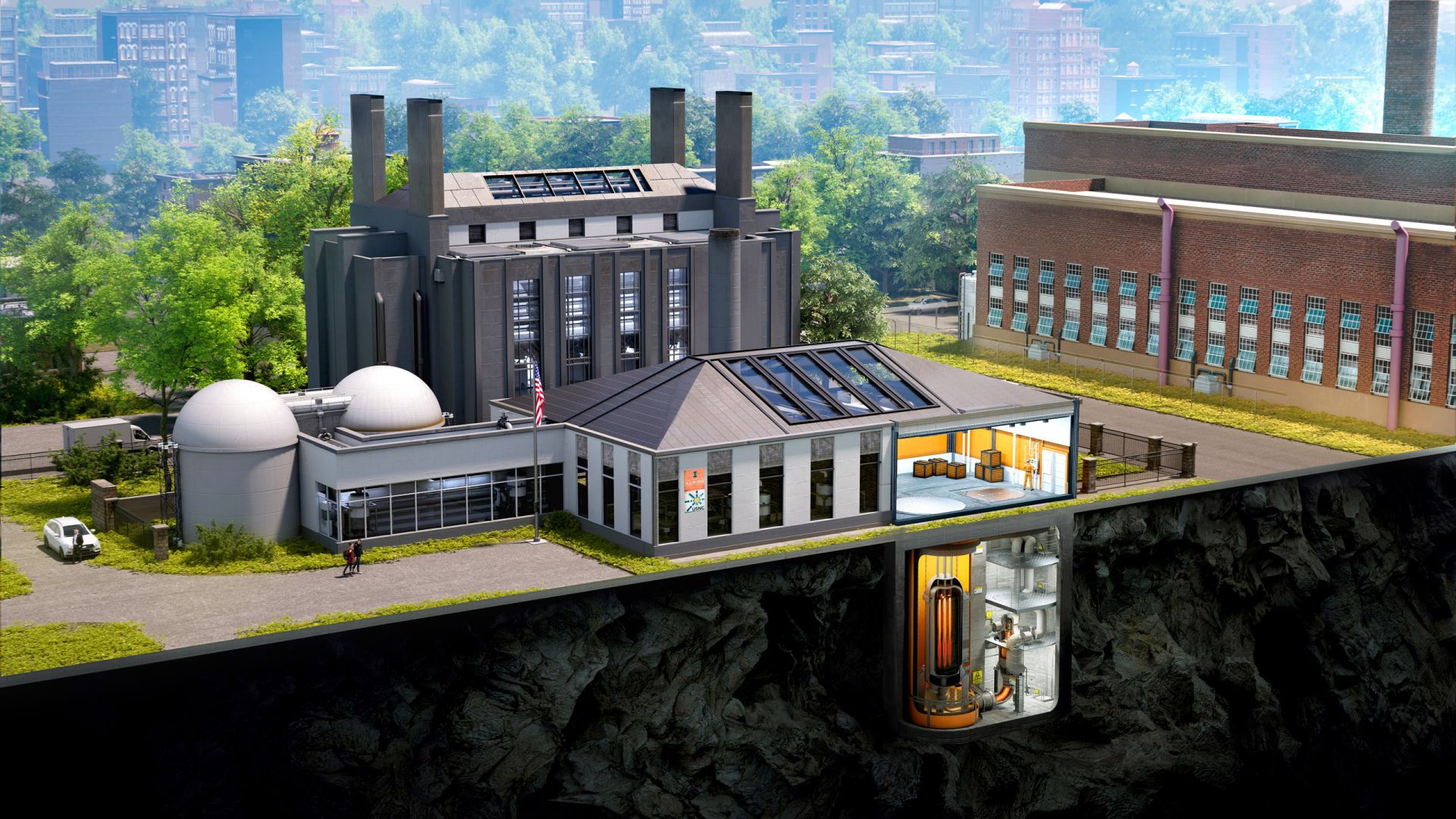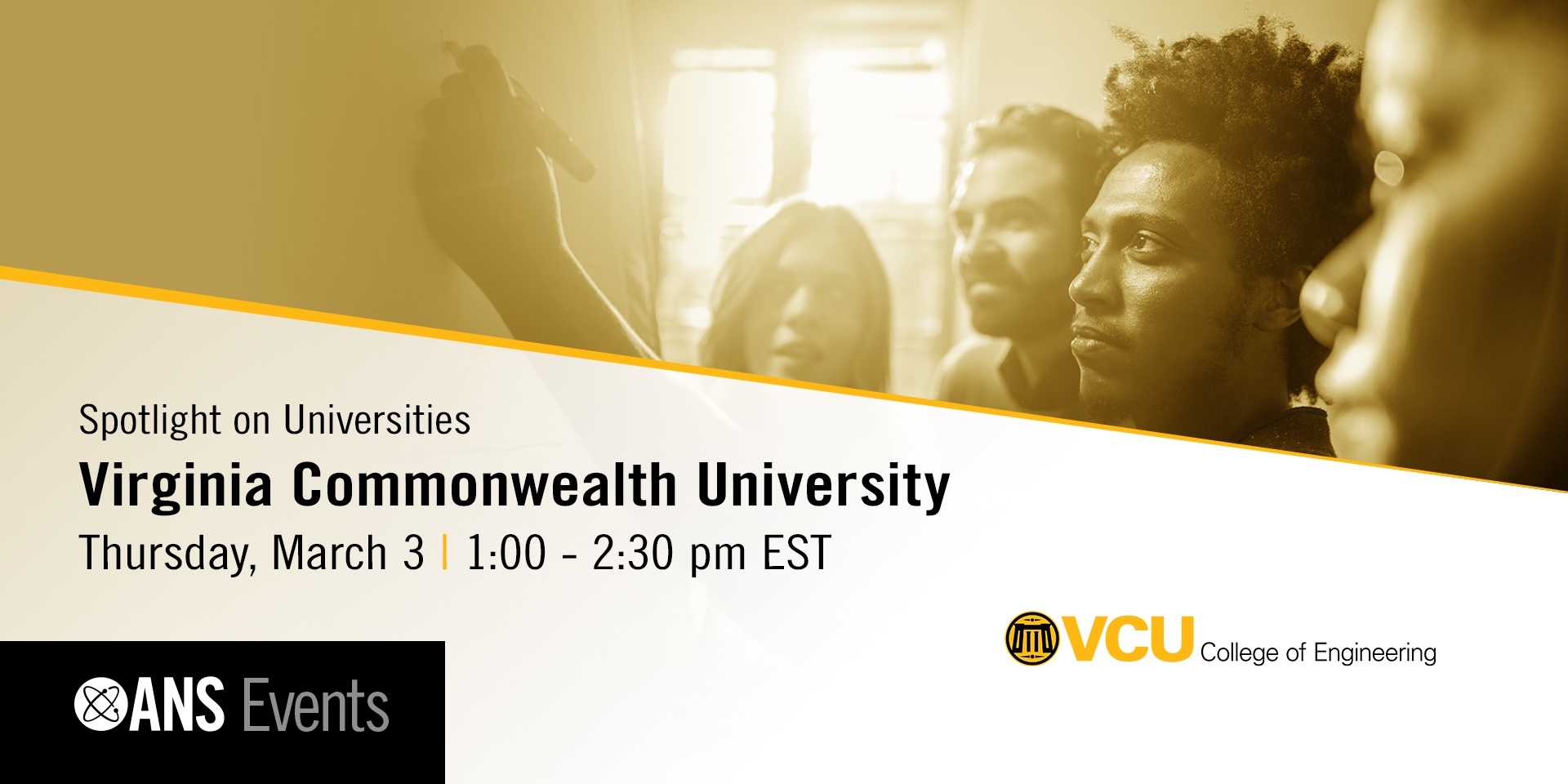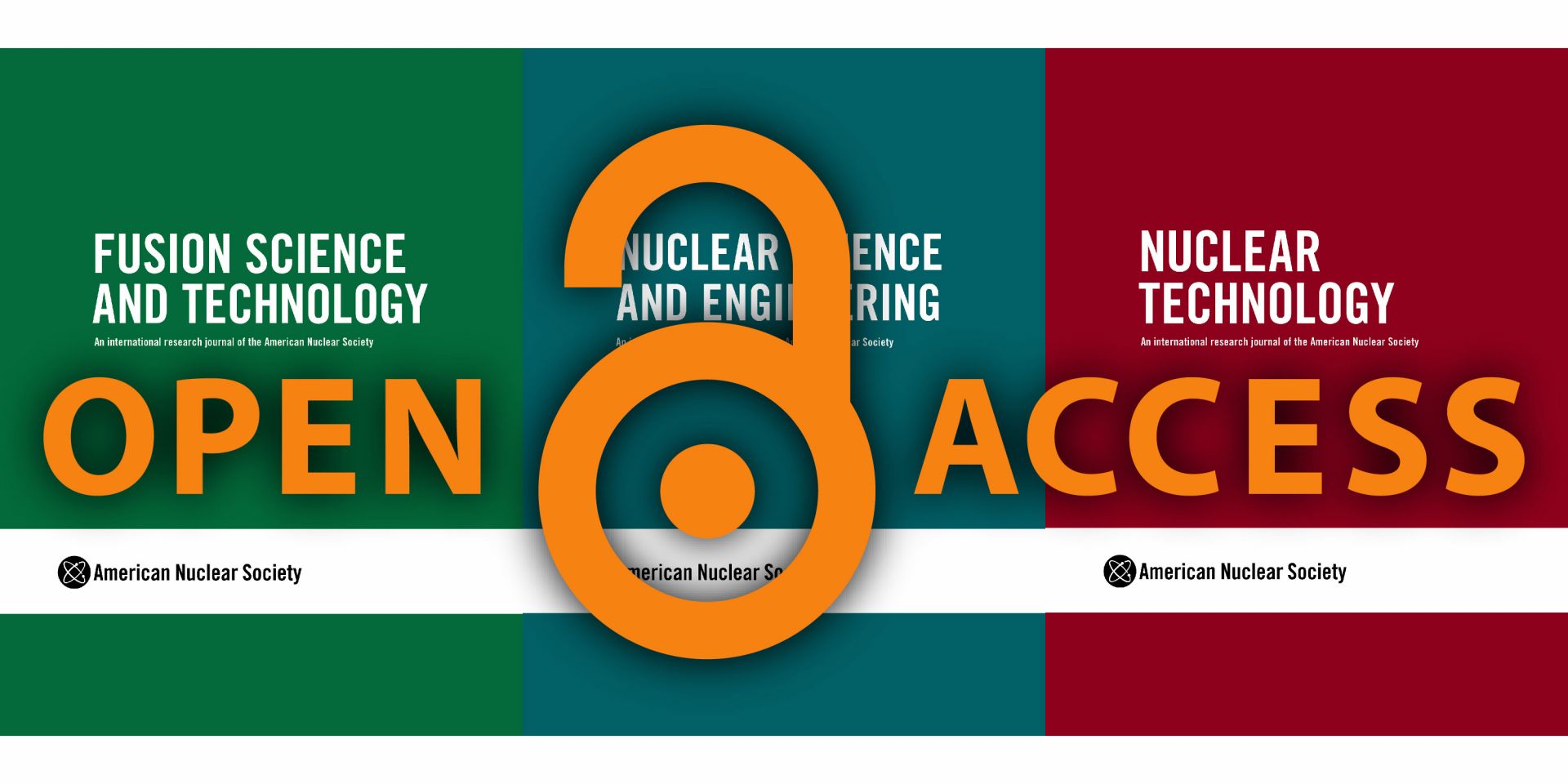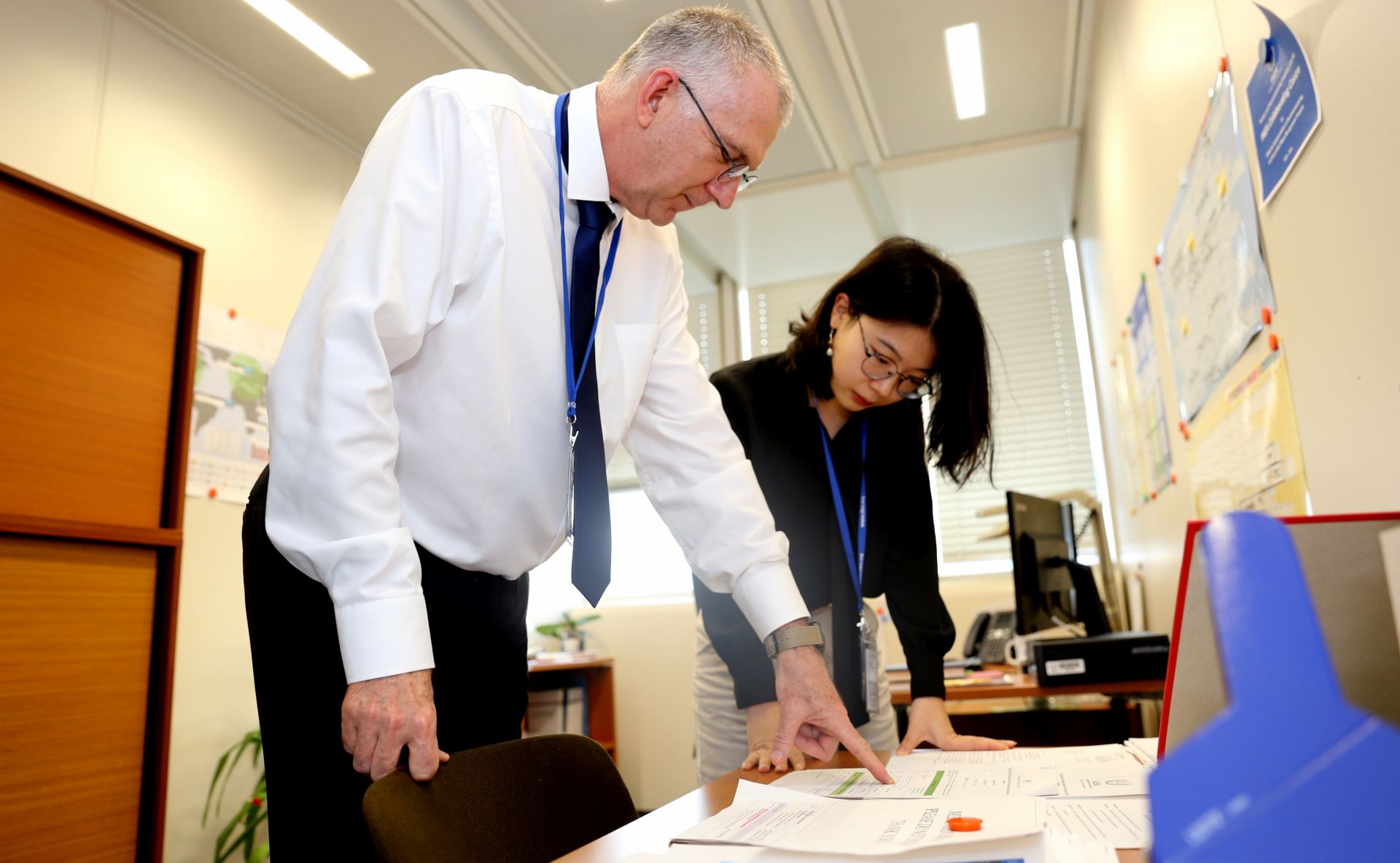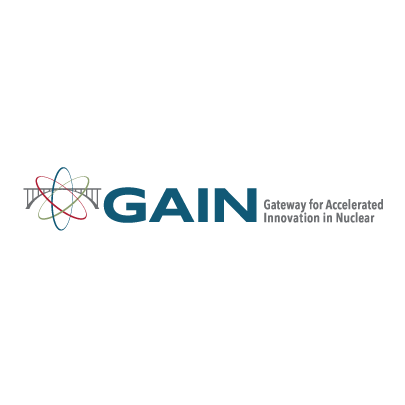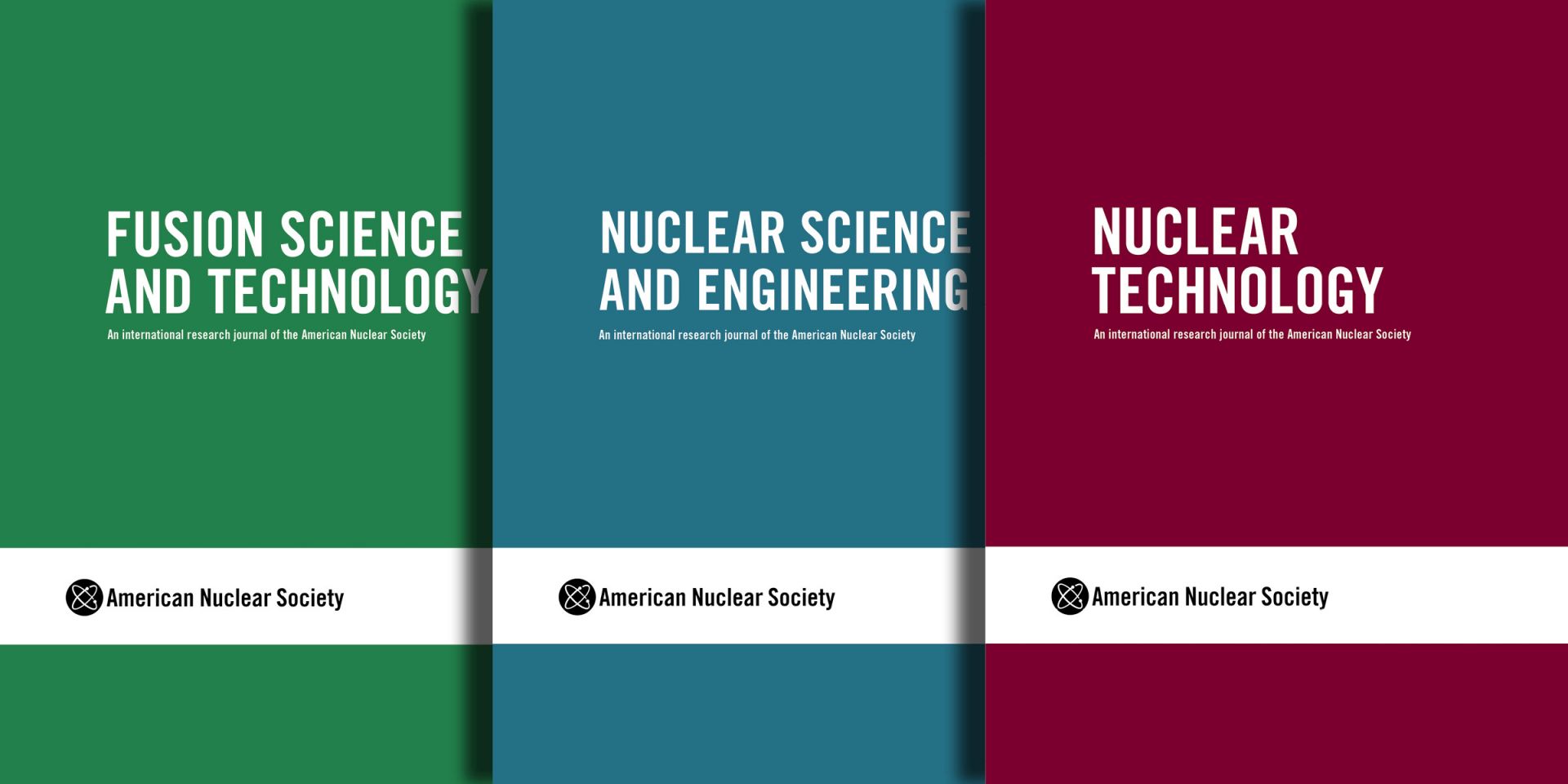Rendition of a VOYGR plant layout. (Image: NuScale)
Universities are places where professionals, experts, and students come together to teach and learn, to conduct and disseminate research, and to dream and explore. Universities have a long history of technological innovation and development. It should therefore come as no surprise that institutes of higher education have been an integral part of the recent explosion of innovation within the advanced nuclear reactor community. Universities have not only powered workforce and technology development, but in a number of cases, they have served as the actual birthplaces of today’s advanced reactor designs.
See link below to play video.
Kite & Key Media, which produces short videos that provide context on an array of topical issues, has released an online video that sets the record straight on just what nuclear waste is and how its publicly perceived risks don’t match up with reality.
From left to right, Richmond County Technical Career Magnet School (Team 1) students Leila Cortez, Jaidyn Moore, and Tamea Dunnom and teacher Carla Biley won third place in Best Engineering Student Design at the WORCshop@AU event. They are joined by Rick Connolly, SRNS operations and maintenance director and WORCshop@AU judge (second from right).
Savannah River Nuclear Solutions (SRNS), the Department of Energy contractor responsible for the management and operations of the Savannah River Site in South Carolina, partnered with Augusta University to create WORCshop@AU, an education outreach opportunity to introduce local high school students to nuclear science careers by solving a real-world problem. The program concluded on December 9, when student teams presented their solutions during a friendly competition.
Xiaoluo Wang (right), a fellow under the IAEA Marie Sklodowska-Curie Fellowship Program, graduated last year with a master’s degree in nuclear engineering and is getting work experience at the IAEA's Division of Nuclear Fuel Cycle and Waste Technology. (Photo: A. Tarhi/IAEA)
The International Atomic Energy Agency has selected more than 110 female students from around the world to receive scholarships under its Marie Sklodowska-Curie Fellowship Program.
Launched in 2020 by the IAEA's director general, Rafael Mariano Grossi, the program offers young women an opportunity to pursue studies toward a master’s in the nuclear field by providing financial support and practical experience. Its aim is to help close the gender gap in the traditionally male-dominated nuclear sector, where women make up less than a quarter of the workforce globally, according to data from the World Nuclear Association.
UIUC Student Section members. (Photo: UIUC NPRE)
The University of Illinois at Urbana-Champaign ANS Student Section is preparing to host the 2022 ANS Student Conference, to be held April 14–16 on the university campus. Registration is now open for the first in-person ANS student conference since 2019.
